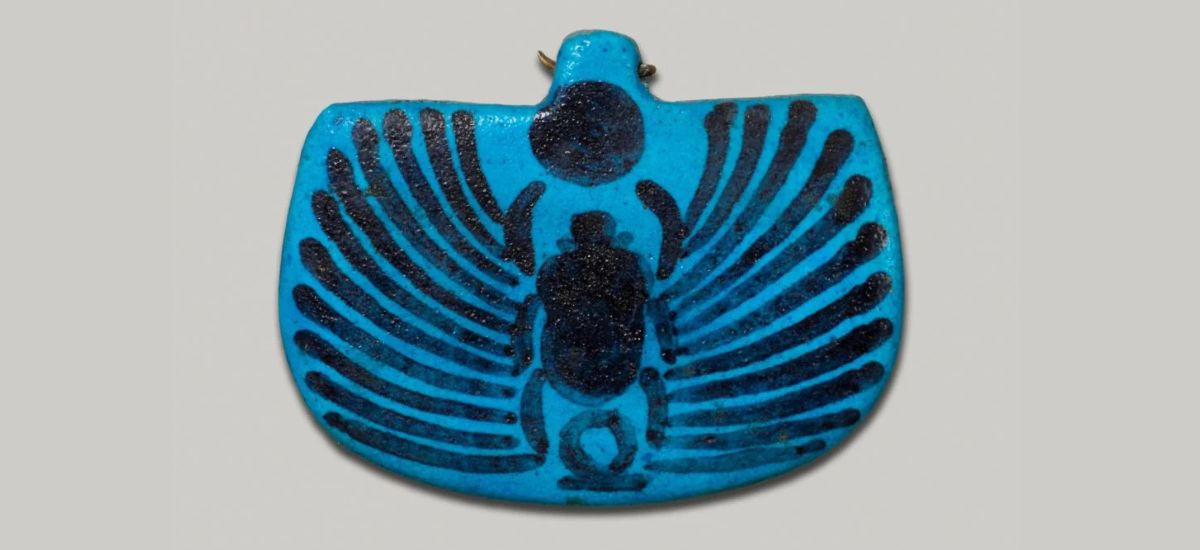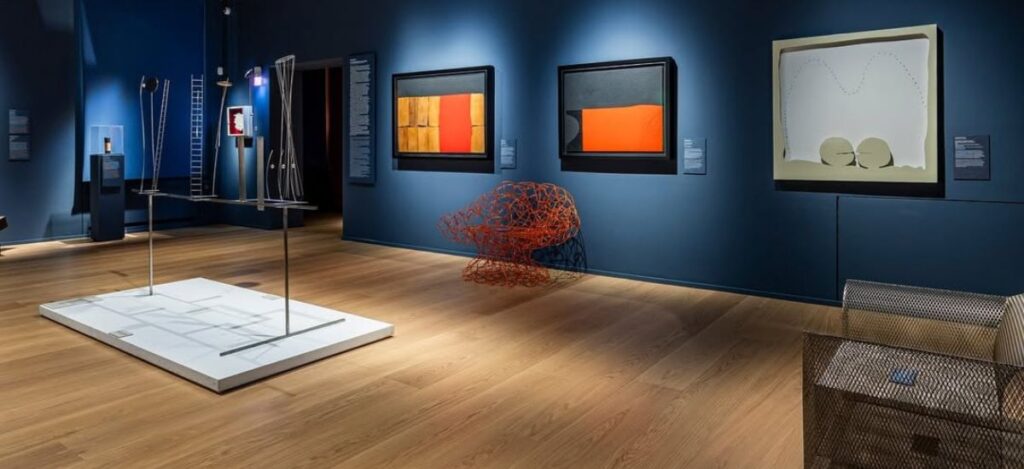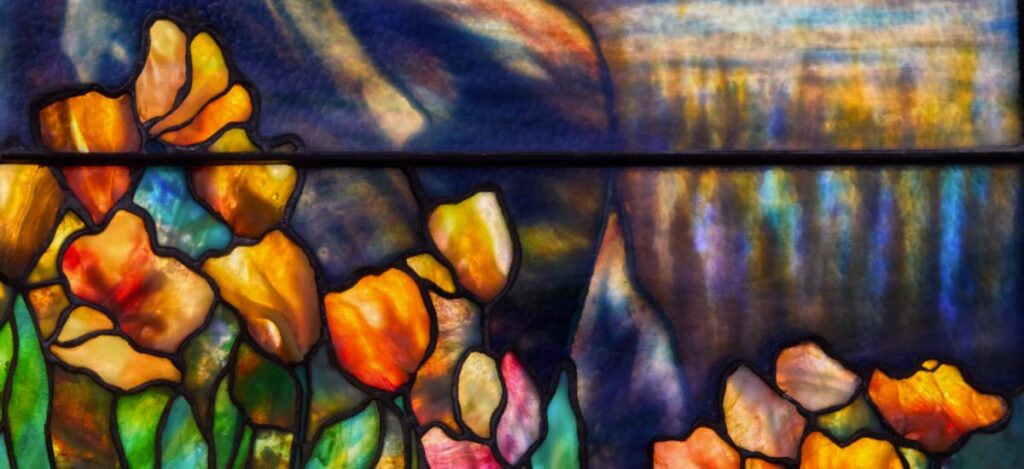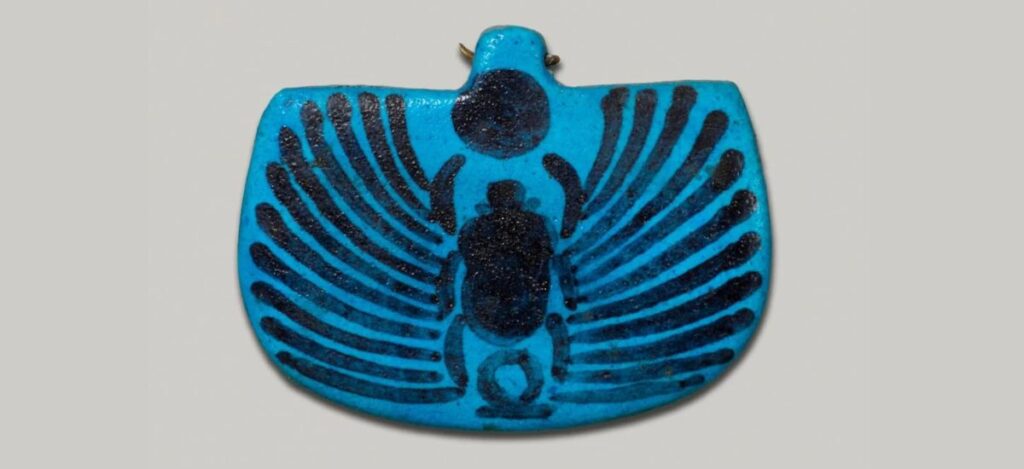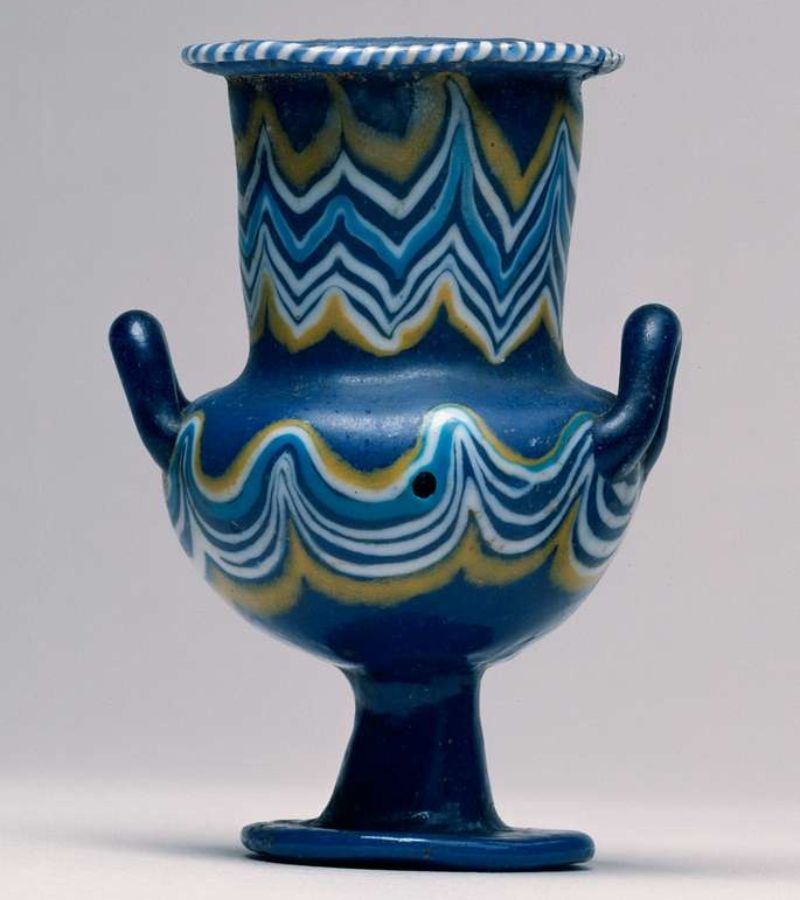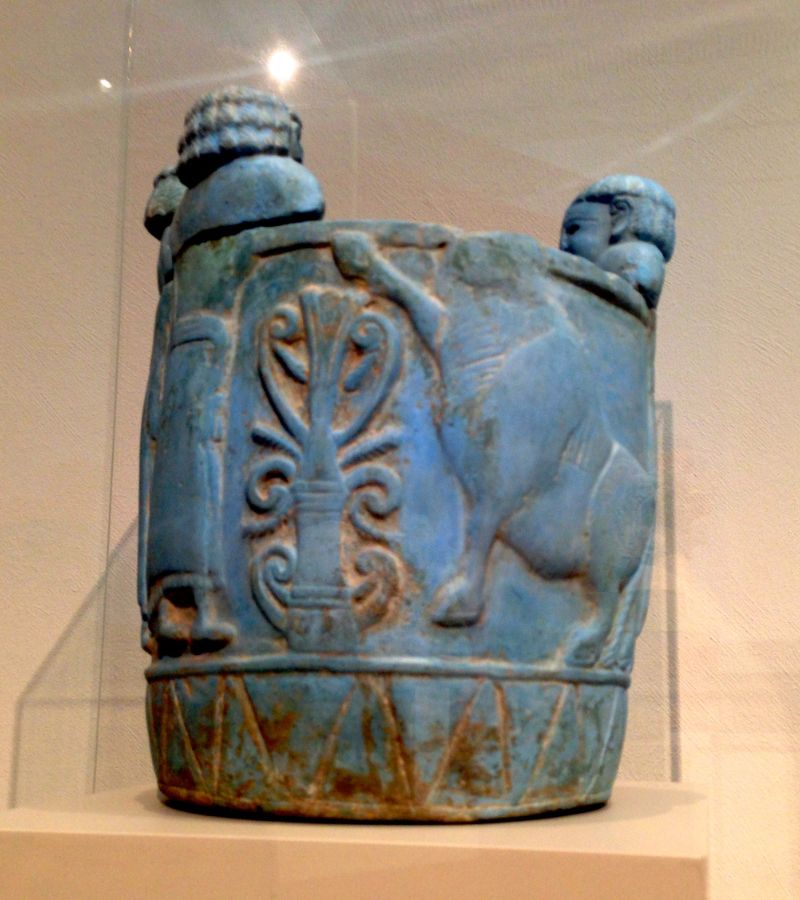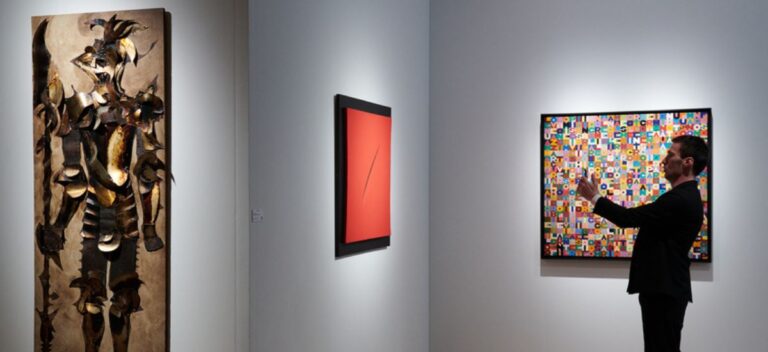Long before ultramarine or cobalt graced the palettes of European masters, the ancient Egyptians had already conjured a blue that shimmered with celestial meaning and regal power.
Known as Egyptian Blue, this was the first synthetic pigment in recorded history—crafted through precise alchemical recipes of silica, calcium, copper, and plant ash. More than just a color, it was a symbol of life, divinity, and the great Nile itself. And then, it vanished.
For centuries, the secret to its creation lay dormant, buried alongside sarcophagi and forgotten scrolls. But recent advances in materials science have not only resurrected its radiant hues—they’ve also opened the door to futuristic applications that even the Pharaohs couldn’t have imagined.
From cooling skyscrapers to decoding fingerprints, Egyptian Blue is undergoing a spectacular renaissance.

